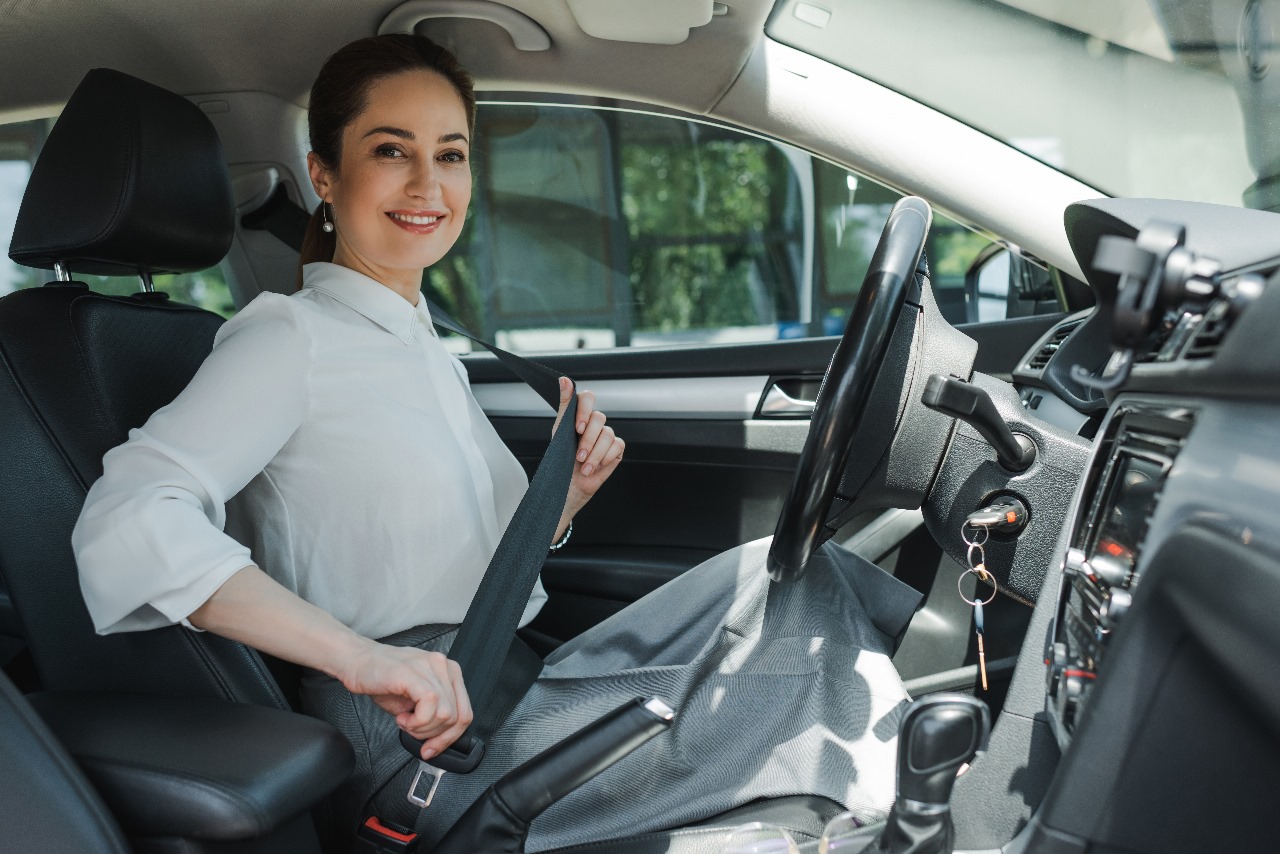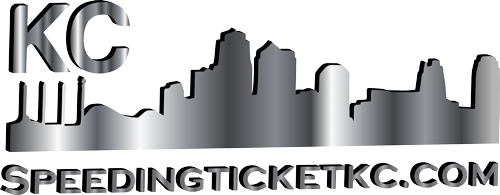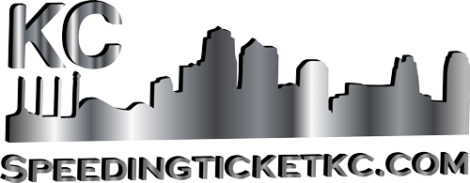If you’ve been required to get a safety inspection for your vehicle, you may be…
Required Vehicle Equipment Such as Turn Signals , Brake Lights, Headlights, and Licence Plates

Safety tools in vehicles are critical for guaranteeing the safety of motorists, passengers, and even those walking on foot. Functional headlights and backlights alongside turn signals and licence plates help double purposes. Not only do they help drivers to see better but they also communicate the driver’s purposes, thus dark accidents risks for all users. Regulations in Missouri have specific provisions on the minimum tools required in a vehicle which esssential be met by all road users for both compliance and safety. These regulations have detailed satatement on how element such as lighting devices should be used, their maintenance and functionality aspects.
Headlights
The usage of headlights is necessary between sunset and sunrise, as well as under unfavourable weather conditions, or when windshield wipers are active, helping to see better on the road and be safer.
 Standard Headlights
Standard Headlights
All vehicles have standard headlights that serve as primary lights. They use either halogen,
HID (High-Intensity Discharge), or LED (Light Emitting Diode) bulbs which offer differing levels of floodlight. These lights are necessary for providing visibility during night time and low light conditions.
Usage Requirements
Headlights are an essential safety element and their use is mandated by Missouri law to verify visibility and protection for all road users. They must be used:
- Between sunset and sunrise: guarantee that vehicles are visible during low-light situations.
- During inclement weather: Headlights are needed when visibility is lessen to 500 feet or less, such as during rain, daze, or snow, and whenever windshield wipers are in use.
Maintenance Tips
One of the most vital measures to make sure that your headlights work well is carrying out regular maintenance. This involves:
- Regular Cleaning: Keeping the headlights spotless to guarantee favourable brightness.
- Inspection for Breaks or Cracks: Consistent scrutiny of the headlight covers for any harm which might hinder operation.
- Ensuring Proper Illumination: Ascertainment that all bulbs are brightened properly and replacing any disused ones.
Types of Headlights
There are many types of headlights that have been developed to cater to different driving conditions.
- Low Beam: Applied in traffic areas, during dawn, and in fog or snow where high beams would affect other road users by glare. The low beams are structured to verify visibility without trouble to others with bright light.
- High Beam: High Beam is a lighting mode designated for areas that lack other vehicles, and it specifically suits dark, rural environments. when you are driving towards the other vehicle,recall to switch off your high beams when the gap between you and the nearing vehicle is smaller than 500 feet. This is done to stop blinding the other driver with unnecessary light and verify safety for both parties involved in the condition.
- Daytime Running LightsDRLs:DRLs are aimed at enhancing vehicle visibility during daylight hours. They are purposely less bright than typical headlights, coming alive by themselves as soon as the vehicle begins to move; this feature further increases safety as it keeps vehicles conspicuously visible even during the day (IIHS).
Brake Lights
Visible from after up to 500 feet aside, brake lights play an important role in meeting the purpose to stop other drivers.
Requirements
Missouri law states that all vehicles must be provided with two brake lights.but, vehicles made before 1960 are selected to have only one brake light. These laws verify that vehicles can clearly signal their ideas to stop, thereby increasing road safety by decreasing the opportunity of rear-end accidents.
Functionality
The brake lights must be visible from a gap of 500 feet to the rear of the vehicle. These visibility requirements verify that drivers following after have enough warning time to replay and slow down or stop as needed. Properly functioning brake lights are key for stopping accidents and follow with state vehicle protection scan.
Turn Signals
Turn signals essentially be used at the smallest 100 feet before turning if the speed maximum is over 35 MPH, and at smallest 50 feet before turning if the speed maximun is below 35 MPH.
Usage Requirements
Turn signals are key for secure driving, and Missouri law describe clear requirements for their use:
- Signal at least 100 feet before turning if the speed maximums over 35 MPH.
- Signal at least 50 feet before turning if the speed maximum is below 35 MPH.
Importance for Communication with Other Drivers
Turn signals are key fordesignate lane changes, highway entry and exit, and turns. They help meet a driver’s ideas to other road users, stop accidents and verify easy traffic flow. Proper use of turn signals increases security by allowing other drivers to expect your act and balance accordingly.
Common Issues
There are some issues that can be faced to the drivers as:
- Burned-Out Bulbs: One of the most common issues with turn signals is burned-out bulbs, which can stop the signal from lifeblood visible to other drivers.
- Failure to Turn Off Automatically:Disconciosly, turn signals do not turn off automatically after ending a turn, leading to doubt among other drivers. It is important to verify that the signal is manually turned off if it does not reset automatically.
Licence Plates

Licence plates essentially be floodlight by a white light and be clearly visible from at least 50 feet.
Lighting Requirements
Missouri law selected that the rear licence plate of a vehicle be floodlight by a white light. This light must make the licence plate clearly readable from a distance of at least 50 feet. This law verifies that the licence plate is visible under low-light conditions, which is key for vehicle recognition and safety and protection.
Reflector Requirements
Vehicles in Missouri Essential be provided with two red reflectors, one on each side, visible from up to 600 feet when floodlight by headlights. For vehicles made before 1960, the reflectors must be visible from at maximum 350 feet. These reflectors are key for verifying that vehicles can be seen from the rear, especially in dark or low-visibility conditions.
Additional Equipment
Vehicles essentially have two back lights visible from 500 feet, parking lights white or amber on the front and red on the rear, red reflectors on the rear, and two braking systems plus ABS.
Backlights and Parking Lights
Missouri law requires that all motor vehicles, excepting motorcycles, be supplied with at maximum two back lights. These backlights essentially ascend on the rear of the vehicle, at the same level, and essentially be visible from a gap of 500 feet. The back light should show a red light. Parking lights, on the other way, should be white or accidents on the head of the vehicle and red on the rear.
Reflectors and Safety Markers
Vehicles essentially have two red reflectors ascend on the rear, one on all sides. These reflectors essentially be visible from a noteable gap, up to 600 feet when floodlight by headlights.For vehiclesmade before 1960, the reflectors should be visible from at maximum 350 feet.
Brakes
Missouri law states that every motor vehicle essentially be provided with two braking systems: a standard brake and a parking brake. The standard brake system must be capable of stopping the vehicle within a safe gap under normal operating situations. The parking brake essentially is enough to hold the vehicle parked.moreover, many modern vehicles are provided with an Anti-lock Braking System (ABS), which helps countinu steering control during hard braking by stopping the wheels from locking up.
Conclusion
Regular Preparation and compliance with Missouri’s vehicle tools laws are key for verifying road protection, cost order, and lawful loyalty. Operation headlights, brake lights, turn signals, and reflectors decrease the risk of accidents, while regular surveys help recognize and fix smallest points before they climb into high cost repairs. Compliance with state laws stops fines and contributes to the overall safety of road users. Maintaining vehicle elements extends their human lifespan and increases reliability, advancing secure driving situations and a more effective transportation condition.

 Standard Headlights
Standard Headlights